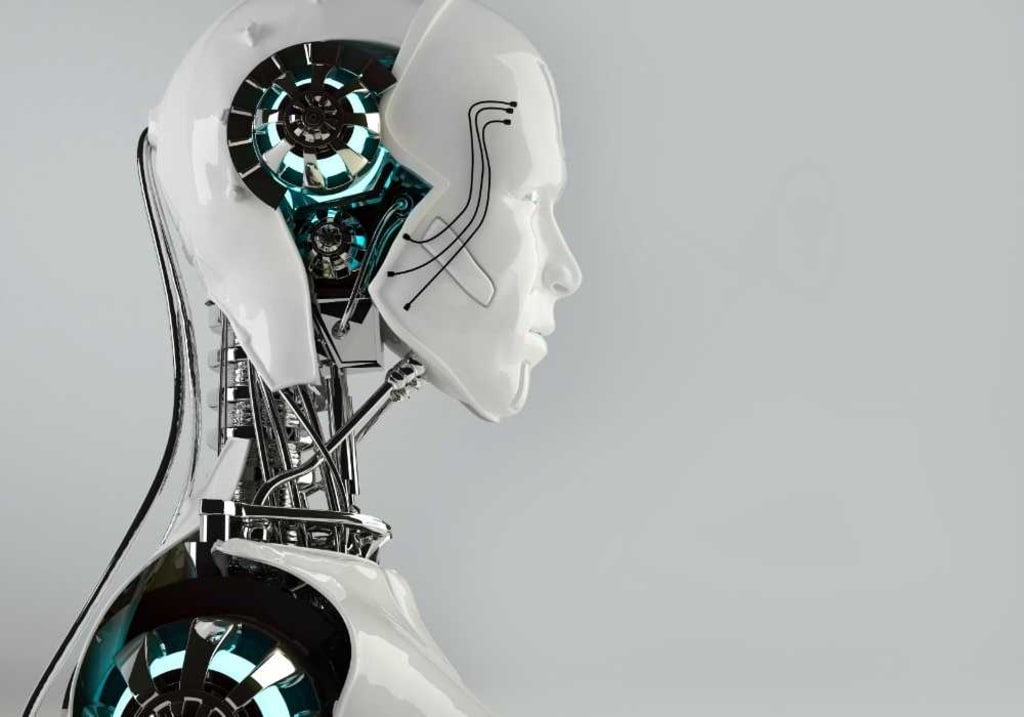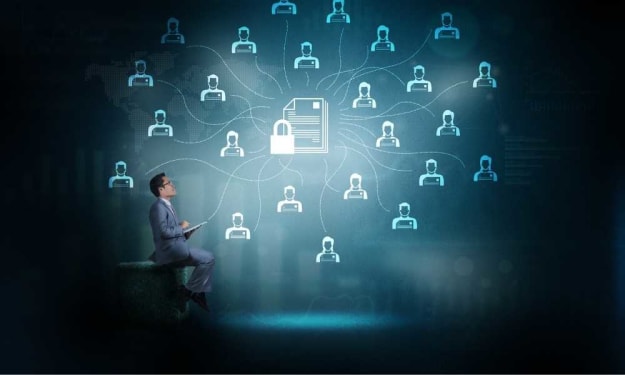Robots Have Been Important in the Fight Against Covid-19
The battle against the coronavirus pandemic

While science-fiction films and literature have long portrayed robots and augmented beings in a fascinating and often scary light, modern society is changing and beginning to embrace this technology. So far, the use-cases have been reasonably regulated and targeted, yielding some promising applications.
The battle against the coronavirus pandemic, for example, has recently proven to be a valuable use-case.
Much was unknown about the virus early in the pandemic, especially in transmission and exposure risk. Furthermore, there was not enough qualified personnel to perform the requisite testing and screening procedures, further straining the US testing ability.
As a result, many healthcare systems have begun to employ robots and automated systems to meet these demands. The University of California at Berkeley’s research facilities were among the first to reroute robot infrastructure to assist with Covid-19 testing. “The new clinic, opening at UC Berkeley next week, will churn out diagnoses in 24 hours,” according to an early account of the phenomenon.
Its employees are industrial drones, similar to those used to build cars and computers but specifically built for lab-tech work. These boxy bots are miniaturized factories that automate all of the processes. They lift test tubes, dispense chemical doses, and stack samples in tidy rows, each with a barcode. In their day jobs, the robots use magnetized “hands” to pull genetic material from cells to study medications, profile diseases, and learn how cancer grows. They’ll now work part-time as virus monitors, conducting up to 4,000 tests a day.”
In the patient-care environment, robots have recently been used for critical functions. Take, for example, Moxi, a robot created by Diligent Robotic systems in Texas.
Moxi “works full time and provides PPE, coronavirus and other lab samples, and COVID-19 studies,” according to one account. Moxi also gathers and delivers any things left for patients.” Andrea Thomaz, Chief Executive Officer and Co-Founder of Diligent Robotics write in the same piece on how Moxi has become an even more important part of the team during the pandemic: “In the hospital, day-to-day work has changed where patients are housed, what supplies need to get where you have fewer people running about in spaces because Moxi is bringing items from place to place. Throughout the month, Moxie shipped over 4,000 pieces of PPE to one of the Dallas hospitals where we are stationed. And not a single one of them needed a nurse to rush down to another unit to obtain.”
This is not, by any means, a distinctly American phenomenon. India has recently made headlines for Mitra’s use, a 5-foot robot with facial recognition and an attached tablet that has helped minimize infection and transmission in Covid-heavy hospital settings.
Organizations are now using this technology for cleaning and disinfection in a totally unrelated sense to avoid contamination and transmission on yet another level. The US Department of Defense recently researched and tested the use of a sophisticated robot device for decontamination. “The robot has four wheels and a mechanical arm that uses shortwave ultraviolet light to decontaminate surfaces,” according to the article. The current version of the robot needs humans to supervise and “drive” it, but the intention is for it to become fully autonomous.”
“The advantage of robots to deploy UVC lamps for decontamination is that you can minimize human exposure to UVC light, and the robot can reposition the lamps over surfaces you want to decontaminate using its arms,” says Dr. Thomas McKenna, a program officer in ONR’s [Office of Naval Research] Warfighter Performance Department. There were no COVID-19 when the robot was built, but the combination of mobility and manipulation is a good fit for this mission.”
LG, a well-known electronics firm, is expected to unveil its own disinfection-capable robot this year, targeted at “hospitality, retail, corporate, and education customers.”
Indeed, this technology’s future applications are endless, and this new business opportunity for robotics companies can only rise. Regulatory officials, scientists, and industry experts, on the other hand, must continue to keep a close eye on where this technology is going and how it is established to ensure that the highest standards of protection, privacy, security, and effectiveness are consistently met.
Source:- Robots Have Been Important in the Fight Against Covid-19
About the Creator
Abdul Majid Qureshi
Greetings, I’m Abdul Majid. I’m a writer living in Pakistan. I am working in tech journalism as a writer, editor and reviewer for over 4 years. I have reviewed many products ranging from smartphones, laptops, tablets to PC accessories.






Comments
There are no comments for this story
Be the first to respond and start the conversation.